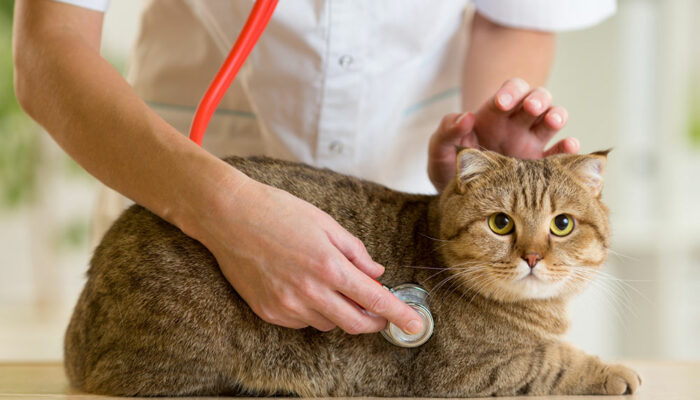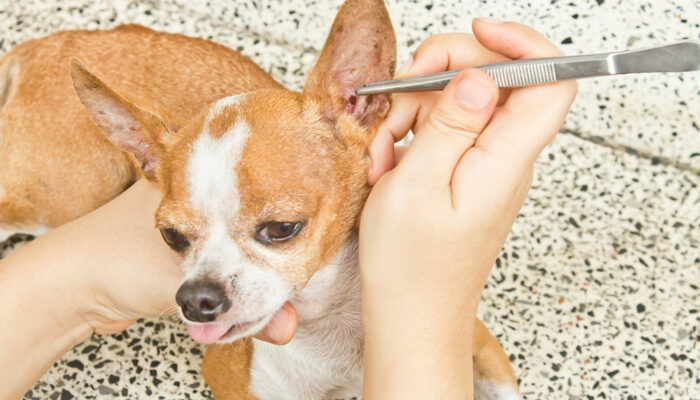
4 Effective Treatment Methods for Overactive Bladder
An overactive bladder causes frequent, uncontrollable urges to pass urine. The symptoms and their severity vary from one person to another. Although the condition is not severe or fatal, it does not have a cure. Doctors might prescribe medicines and suggest lifestyle changes to alleviate the symptoms and improve one’s quality of life, and one can follow one or multiple approaches simultaneously. Here are a few treatment options for an overactive bladder:
1. Medicines
Medicines can help strengthen a weakened bladder, and they can also stop involuntary contractions that trigger sudden and frequent urges to urinate. Anticholinergic or antispasmodics medications like oxybutynin, trospium, solifenacin, and fesoterodine help reduce contractions by blocking nerve signals that cause involuntary urine release. Beta-3 adrenergic receptors relax the muscles in the bladder walls. It helps the bladder hold on to more urine and reduces the frequency of urination in people with this condition. While some of these medicines can be taken as pills, transdermal patches can also be used to send the medications via the skin.
2. Botox and surgery
Botox treatment and surgery are invasive treatment options used in extreme cases of overactive bladder. When injected into the bladder muscles, botox relaxes them, increasing the bladder’s capacity to hold urine and reducing frequent contractions. Surgery can be bladder augmentation to increase the bladder capacity, or it can involve implantation of pacemakers to control bladder muscle functioning. It’s best to approach a doctor and understand the benefits and probable side effects before deciding to undergo surgery.
3. Lifestyle remedies
One can wear absorbent pads or catheter devices to keep themselves dry from urine leakages and avoid any foods that can trigger the symptoms. These include caffeinated or carbonated beverages, tomato and citrus fruits, synthetic sweeteners, artificially processed foods, and alcohol. Some of these are diuretics, while others are probable bladder irritants that can exacerbate the condition.
Also, it’s advisable to keep oneself well hydrated but remember not to load up on fluids toward the evening. This way, the bladder remains empty when one goes to bed, reducing the chances and frequency of nighttime urination. Another lifestyle tip as a treatment option for overactive bladder is to set times to use the bathroom irrespective of whether one feels the need to urinate. This will help avoid the feeling of sudden urgency and accidental leakages.
4. Exercises
Kegel exercises, biofeedback, and quick flicks are a few exercises that help prevent or delay accidental leakages and improve bladder control. They also help strengthen the pelvic floor muscles. One can practice them regularly to train their body and regain control of their bladder functions. Pelvic floor exercises and pelvic weight training exercises are some examples of effective treatment options for an overactive bladder.



